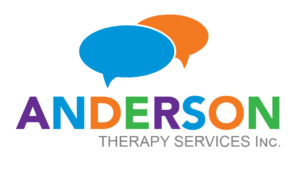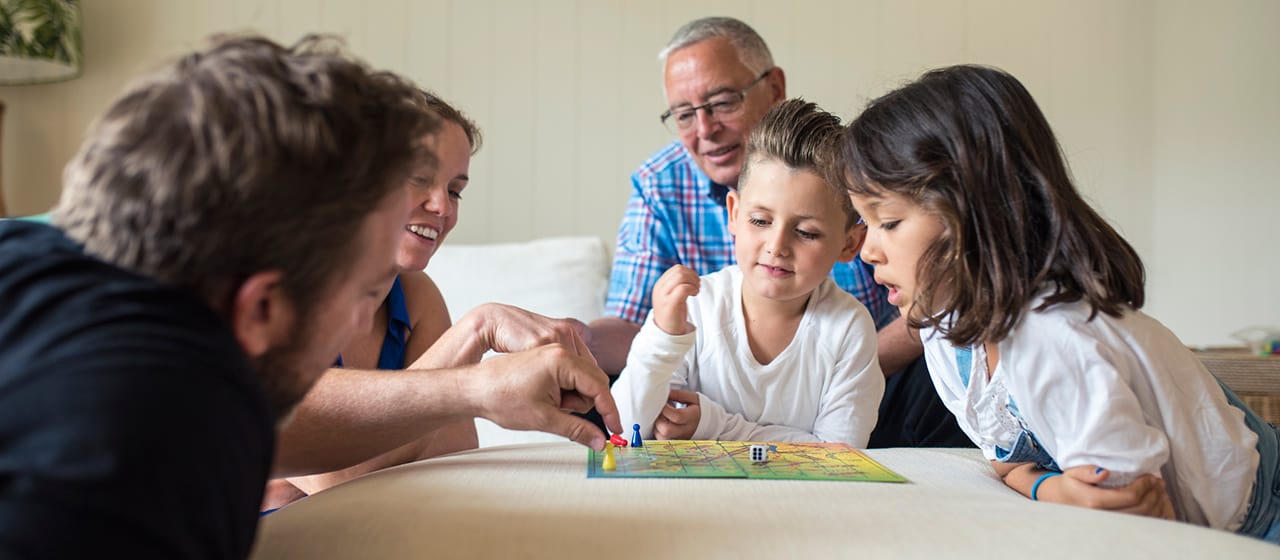5 Classic Games that Make Excellent Speech Therapy Tools
In our role at Anderson Therapy Services, we are always trying to come up with new and engaging ideas for therapy. What we often miss however are those gems that have been sitting on the shelf for years! Here is a list of 5 classic games that you may have at your home. We use them a lot and find that they make excellent therapy tools!
“Guess Who?”
This is a game that can be used to target a number of speech therapy goals and can be modified to be used with clients of all ages. Use this game to target:
- Asking and answering Yes/No Questions (e.g., “Does your person have a hat?”)
- Pronouns (e.g., “Does she have glasses?”; “Does he have blue eyes?”)
- Producing full sentences (e.g., “Yes my person is wearing a hat”)
- Vocabulary: This game is available in several versions with different categories of pictures such as food, animals, vehicles so can be great for extending vocabulary use.
“Hedbandz”
Another fun game for all ages! This one is similar to “Guess Who” but can be used for individual or group therapy. Use this game to target:
- Asking and Answering Yes/No Questions (e.g., “Am I an animal?”)
- Answering and asking “wh” questions (e.g. “where does it live?”)
- Producing full sentences (e.g., “Yes you are an animal”)
- Word-Finding: the child wins by figuring out the word on top of their head.
“Snakes & Ladders”
Like any classic board game, this game can simply be used for fun as a break between practicing target sounds and words. It can also be adapted for these goals:
- “Snakes and Ladders” is a great game to use when working with their who have difficulty with their “s” sound! Model this sound as it comes up during the game!
- Counting: Like any game with a dice, this is a great way to incorporate practice counting squares as the child moves their marker from 1 spot to the next!
- Any Other Tricky Sounds: Use this game as your primary therapy tool by writing words or placing pictures on each square of the board game. Then, when your client lands on the square, they will have to say the word or name the picture they see!
“Tic-Tac-Toe”
This is another great classic that can be modified to target several therapy goals for clients of many ages. Take advantage of those blank squares in the game by adding anything you want your client to work on!
- Articulation Goals: Write words or place pictures that start with the child’s target sound on each of the squares. For example, if your client is working on “r”, place pictures of things that start with “r” in each box. When your client places their “X” or “O” on the square, they will have to name the picture by producing their best “r” sound!
- Numbers: Write numbers on each space to have your client work on their number awareness (e.g., 1-9 or a mix of numbers).
- Full Sentences: Instead of handing over a pencil to your client, have them tell you where they want to put their “X” or “O”. Encourage them to give you a full sentences, such as “I want to put my ‘X’ on the rabbit”.
“Caribou”
Use this game to target almost any speech therapy goal with the kids you work with. This is a classic game that speech therapists have been using for years and has unfortunately been discontinued. Be sure to keep an eye out at your local thrift shop for this one, as it will be worth the search! Use this game to target:
- Any goal that can be placed on a 2 by 2 inch square! Since Caribou allows you to insert your own images into the game, you can create and print your own pictures to target articulation, grammar, numeracy, vocabulary goals and more!
Fun Modification:
- Place a sticker in the treasure box at the end of the game for a fun surprise that your little one can take home!
Learn More About Our Speech and Language Services
Are you trying to find games to help with your child’s speech and language development? Speak to one of our speech and language professionals today to answer any questions or concerns you may have regarding your child.






